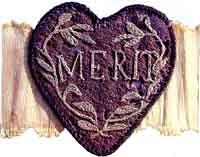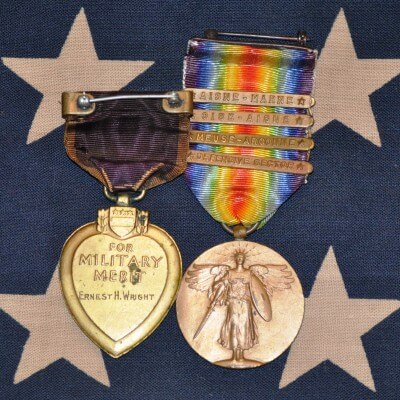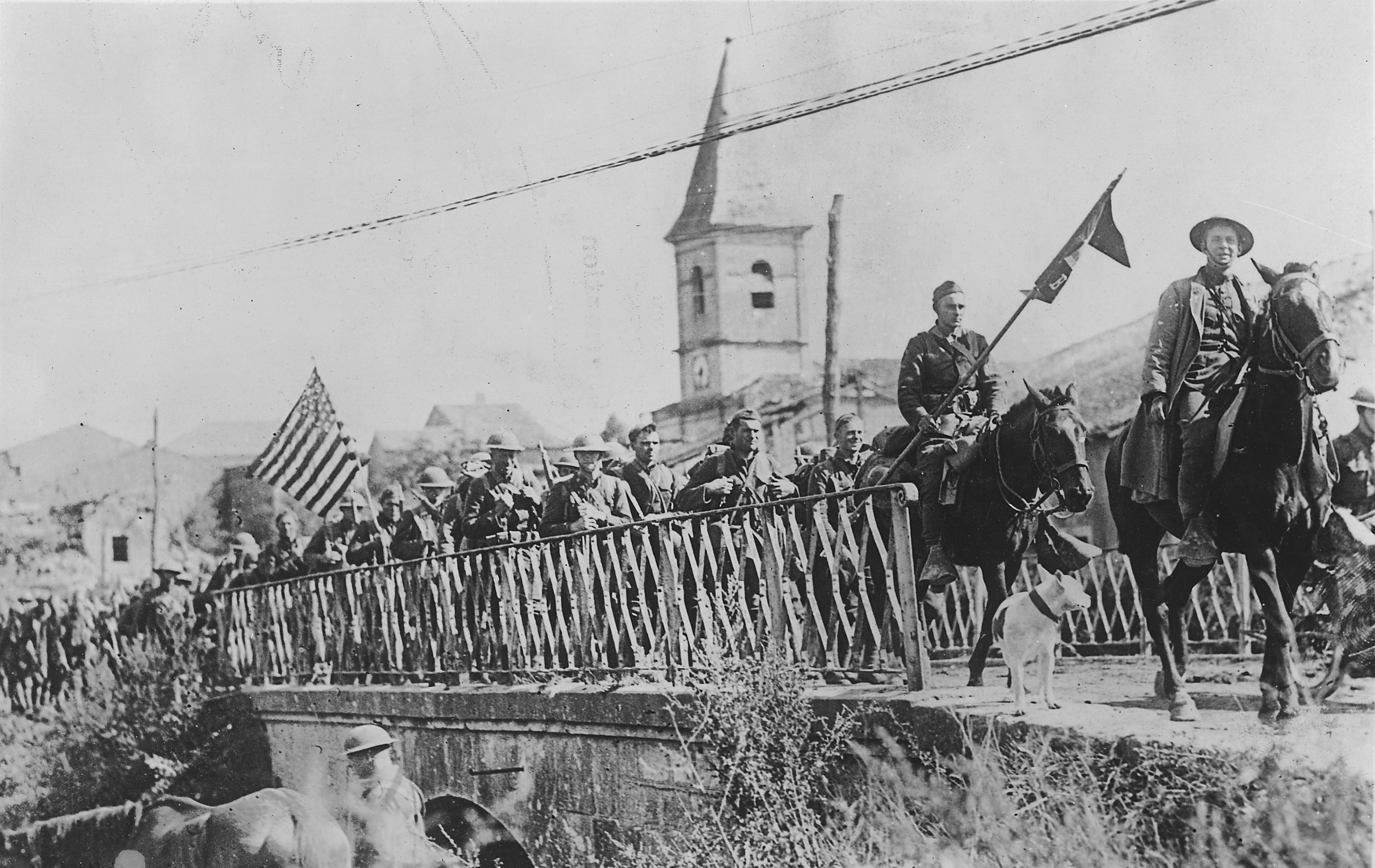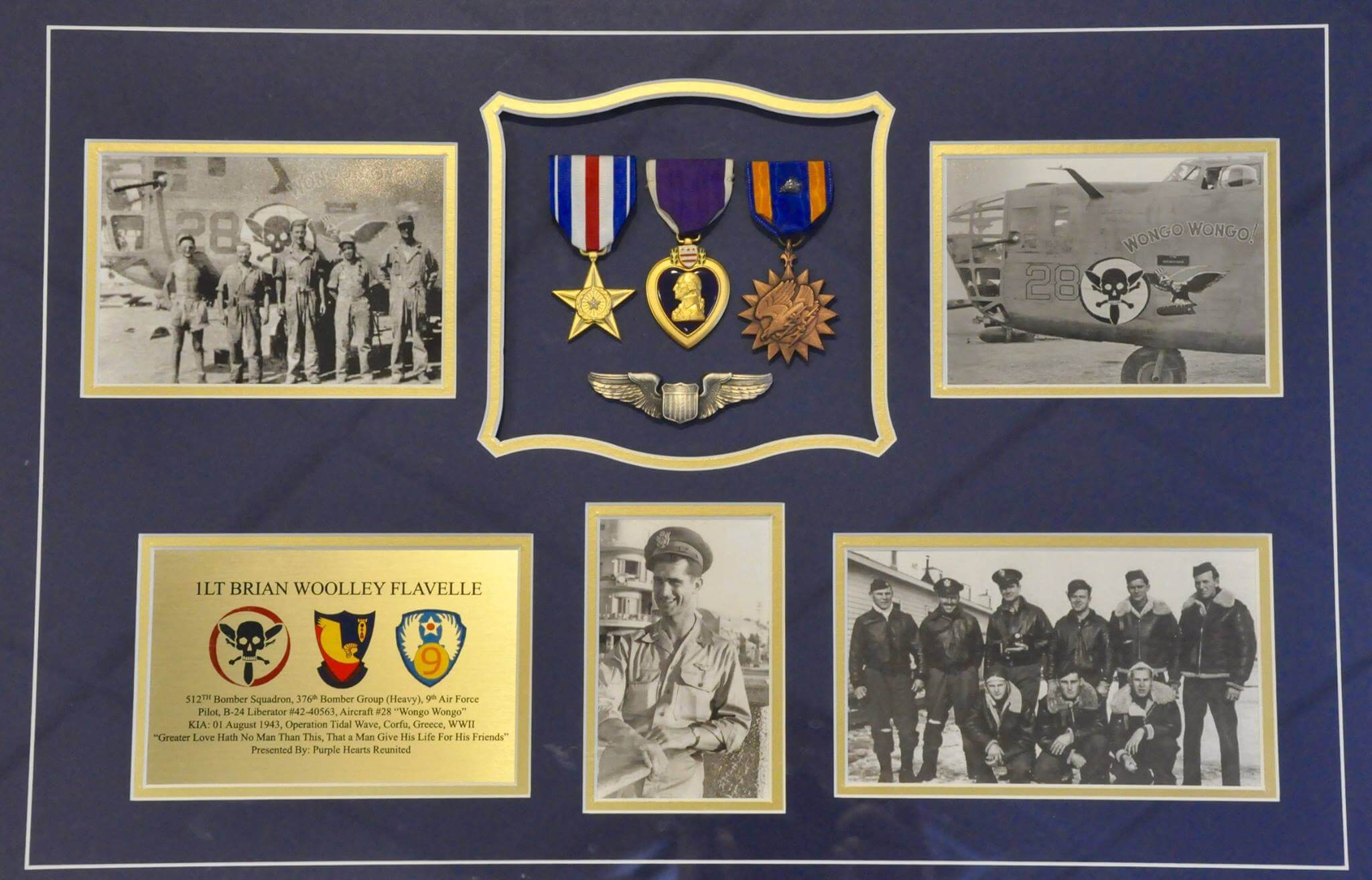Reuniting a Purple Heart Medal with a War Hero
- By Talya


August 7 marks National Purple Heart Day. The Purple Heart is a U.S. military medal awarded since 1917 to those either wounded or killed while serving in the U.S. military. Its precursor, the Badge of Military Merit, was established by George Washington in 1782, and was a heart made out of purple cloth.
This year, we interviewed Zachariah Fike, founder of Purple Hearts Reunited, a non-profit organization whose aim is to connect lost or stolen Purple Hearts with the families of these war heroes. To date, Purple Hearts Reunited have returned 300 medals to their rightful owners’ families, and on August 7 they will award eight more in a ceremony entitled “Eight on the Seven,” which honors heroes from World War I, World War II, Korea, Vietnam, and the War on Terror.
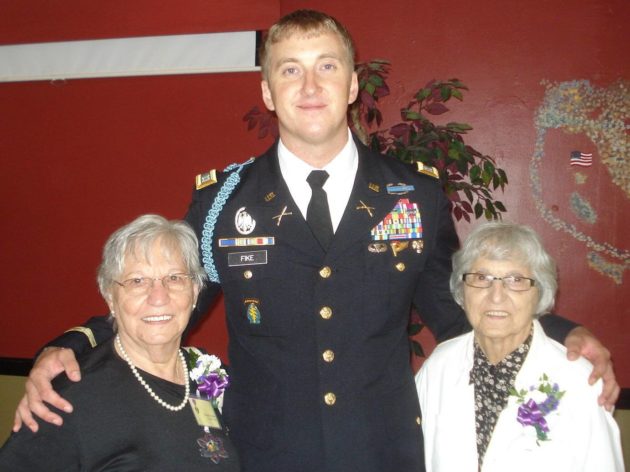
Capt. Zachariah Fike helped reunite sisters Adeline Rockko (left) and Mary Piccoli with the Purple Heart medal of their late brother, Army Pvt. Corrado Piccoli.
Researching a Lost Medal
We asked Zachariah, who earned a Purple Heart on September 11, 2010 in Afghanistan, to share more about his own research process and any tips or techniques that may be relevant for those searching for lost family medals.
First, it is helpful to physically have or to have seen a photo of the medal. Purple Hearts have been manufactured differently over the years and by having an image or description you can determine the era (WWI, WWII, Korea, etc.), engraving style (government vs. personal), and verify (original vs. replacement). Each Purple Heart offers it’s own clues and story and uncovering that story and history is one of Zachariah’s favorite aspects of his work.
A veteran’s service can then be confirmed by comparing their name or service number against public databases by the National Archives and Records Administration. Many military records can be found by searching the MyHeritage Military Records. For more detailed accounts or documentation, file a Freedom of Information Act (FOIA) request at www.archives.gov.
Building a Family Tree
Next, Zachariah builds the veteran’s family tree by researching as far back as the veteran’s grandparents and then continuing until he finds their living descendants. Genealogy experience and good old-fashioned detective work really come in handy during this stage. He recommends searching through all types of records, such as the MyHeritage U.S. census records or the MyHeritage U.S. burial records as well as the MyHeritage U.S. newspaper records. Keeping careful notes and posting all significant facts as they are found is of the utmost importance. MyHeritage.com offers the opportunity to organize family tree information as well as historical records in one place and can prove helpful. Once all the information has been collected, it is easy to write a short biography. Here is an example of the biography of Captain Norman Perry:
Captain Sebert Norman Perry was born on March 22, 1891 to Sebert Courtney and Frankie Sarah Ditchett Perry in New York City, New York. He enlisted on December 15, 1917 in the United States Marine Corps. After training at Paris Island, S.C., he obtained the rank of Corporal on May 1, 1918 and was assigned to 45th Company, 5th Marine Regiment, 4th Marine Brigade, 2nd Infantry Division during World War I. He would arrive overseas on April 23, 1918. While in France, he was wounded twice. First he was gassed on July 15, 1918 and then spent five weeks recovering in a field hospital, rejoining his unit on September 7, 1918. Four days later, when the American drive opened, he was wounded by shrapnel in his arm at St. Mihiel. He saw action at Chateau Thierry, Soisson, Belleau Wood, and St. Mihiel. He would return home on August 3, 1919. He was discharged just 9 days later on August 12, 1919.
He would later join the U.S. Army on July 25, 1942 for service in World War II. He would obtain the rank of Captain in the Quartermaster Corps as a Procurement Officer. He was discharged on October 6, 1944. His awards and decorations consist of the Bronze Star, Purple Heart with Oak Leaf Cluster, World War I and II Victory Medals, Occupation Medal with German Clasps, and French Croix-De-Guerre. After the wars, Norman returned home and worked in the textile industry for more than 50 years. He married Marie F. Perry and they had one daughter, Elizabeth Courtney. He passed on March 11, 1978 and is buried in the Arlington Cemetery in Drexel Hill, Pennsylvania.
Identifying Family
After building the family tree, Zachariah chooses whom to contact from the family members by establishing a hierarchy. At the end of the day, he wants to avoid creating any family turbulence. It’s hard to argue that a niece would have the first right to the medal over a sole surviving daughter. Some families are harder to find and contact than others. However, in today’s social media and internet- dominated society, finding personal information such as a phone number or email is relatively easy. Platforms like Facebook and Twitter can be a big help.
Once he establishes contact, Zachariah educates families on their ancestor’s service so as to keep that legacy alive for many generations to come. The family is always allowed to direct their destiny. Some families ask for a private ceremony at their home. Others ask for something more public to which the community is invited. Others simply ask for the medal to be mailed. Purple Hearts Reunited does its best to ensure it’s a stress- free decision and that family privacy is respected.
Reflections on Purple Heart Day
While preparing to return the eight lost Purple Heart medals for the 2nd Annual “Eight on Seven” held in Washington, D.C., Zachariah reflects on the heroes that Purple Hearts Reunited are about to honor.
I am completely overwhelmed by their sacrifice to this country. Men like First Sergeant Fred Mueller who was killed on “D-Day” over Normandy with the famed 101st Airborne Division. Soldiers and Marines like Private First Class Joseph M. Hish and Captain Sebert N. Perry who fought on the hallowed grounds of the Meuse-Argonne and Belleau Woods one hundred years ago during the Great War. A lost husband and father in Chief Quartermaster Ray C. Ayers, who was killed while serving on the U.S.S. Houston during the Battle of Sunda Strait. Those that participated in great history, such as Technical Sergeant Thomas M. Williams Jr., who participated in the first heavy bombing mission over Japan. Our elite operators such as Sergeant First Class Billy D. Evans, who while serving as a Green Beret in Vietnam, received our nation’s second highest decoration, the Distinguished Service Cross. Men who died on frozen battlefields like Corporal Robert G. Miller, who succumbed to his injuries in the Korean War. Last but not least, our modern-day warriors such as Staff Sergeant Michael T. Jeffrey, who received a Purple Heart for service in Iraq and is currently struggling to find comfort and peace with those injuries that still plague him.
According to Zachariah, genealogy research is a painstaking task and when done correctly, takes hours and hours of one’s time. However, when passionate about your mission and when you understand the impact that returning a lost medal can have on a family, the countless hours behind a computer screen and the valuable time spent away from family makes every second worth it.
